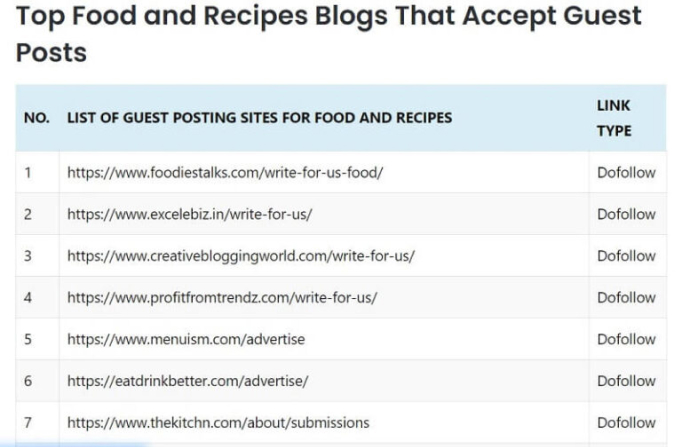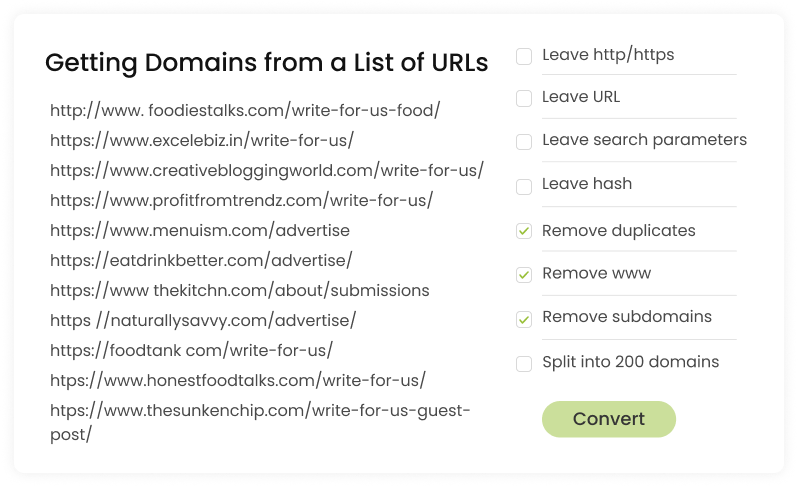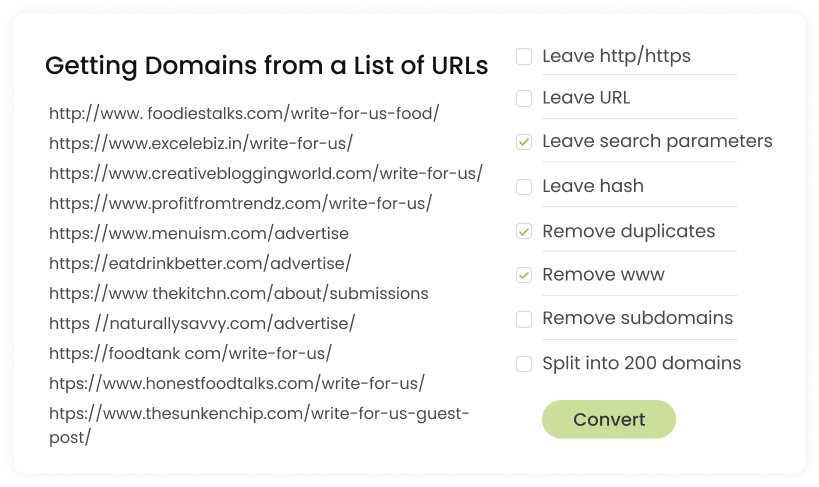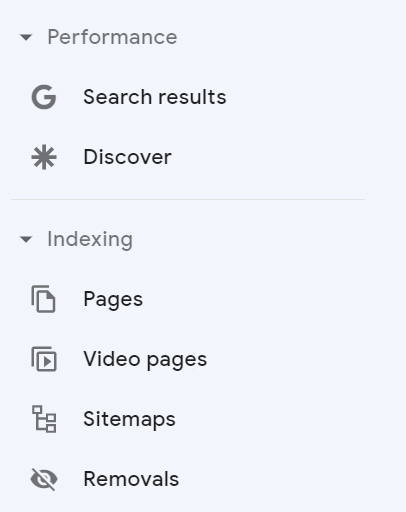An extensive list of URLs can become complex, messy, and disastrous to sort through when all you need are the URL’s root domains. Sifting through such a list manually also leaves a high margin of error while also being time consuming.
The “Getting Domains from a List of URLs” tool enables you to quickly remove irrelevant information so you can focus on the data that matters most to you.
Clean up your domain lists with the click of a button. Follow these steps to extract the data you need:

Any large list of URLs will include superfluous information that might not be necessary for analyzing metrics in bulk.
For example, the URL might contain a subdomain, when you’re only interested in seeing the root domain. Or, you may want to leave out the “www.” or “http://” so you have a clearer view of the data.
For example, say you’re a bakery and you’re looking to find relevant websites that accept guest posts for your niche. You do a quick Google Search and find a site that provides dozens of options.


The information presented has an abundance of information you don’t need, including “www.”, “https://” and sub domains.
Using Getting Domains from a List of URLs, you can copy this extensive list of URLs, add it to our tool, check the parameters you want to exclude, and click “convert”.
The result? A clean list of domains you can copy to a clipboard and take with you to a batch analysis tool to quickly analyze and compare each site’s organic traffic, number of referring domains, backlinks, etc.


This tool saves an abundance of time and eliminates the manual effort needed to clean a large amount of data. It also helps you get the data you need quickly to help you make better business decisions.
In addition to cleaning a list of URLs for a batch analysis, marketers are often tasked with revamping an outdated website, revisiting your site structure, and taking inventory of all the pages you currently have.
For websites that have a complex navigational structure with hundreds or thousands of pages, it can be difficult to keep up with all your URLs. Knowing the exact URLs your site contains is crucial for a number of reasons.
One of these is for determining where you might have broken links. Another is consolidating older content and adding content to another relevant piece.
You may also be in the process of redesigning your website and need to share this information with an agency.
Screaming Frog offers the capability to clean up a list of URLs; however, its price can be a constraint. The Getting Domains from a List tool offers similar functionality for free, while also being simple to use.
Your sitemap is the best place to extract your website’s URLs. A sitemap is a document which lists all the pages on your website to help improve search engine discoverability.
Think of it like a phone book, where you can easily flip through the pages to find the numbers of all your friends and family.
A sitemap is similar in that it tells search engines what content is available for them to index. It can also tell a search engine the last time you modified a webpage.
You can usually find your sitemap by typing your domain followed by /sitemap.xml. If that doesn’t work you can also try the following:

If none of the above work, Google Search Console is another great tool to find the path you’re looking for. Log into Google Search console and select “Sitemaps” on the left hand menu (beneath Indexing).


It will then deliver the location of your website’s sitemap, the last time it was read, and the number of discoverable links.
Next, leverage a free XML sitemap extractor and export the data. By doing so, you can see all the site’s map URLs. Enter this list into the Getting Domains from a List to narrow down the domains you need.
For example, say you want to clean up your list of URLs by removing the http/https. This is what you’d want to select.


Click the “convert” button.
Then, you can either copy your results to clipboard or download.